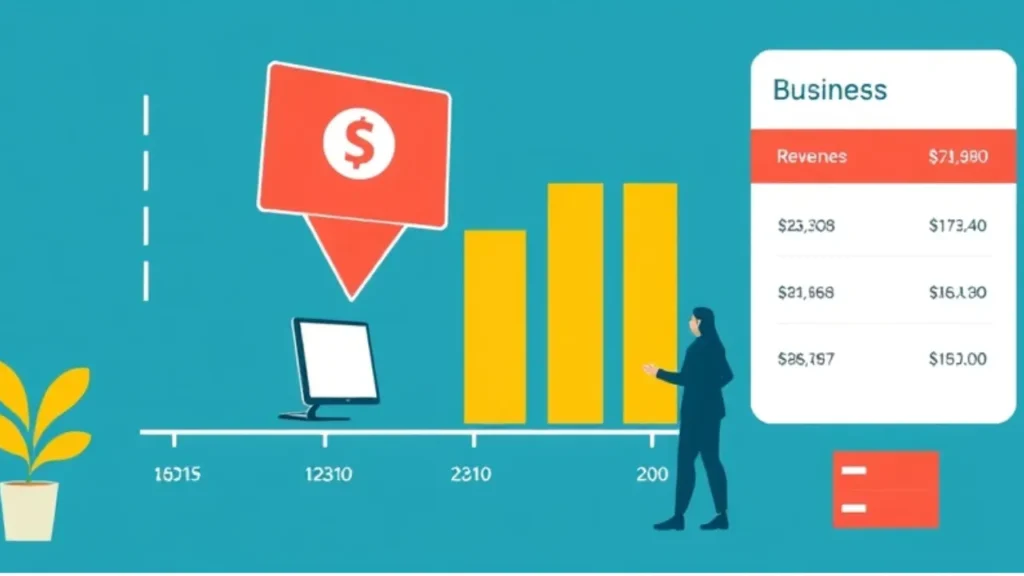
The Indian Premier League (IPL) is one of the biggest and most popular cricket leagues in the world. However, do you know How Does the IPL Business Model Work? The main point of the IPL’s business model, including player auctions, broadcasting deals, sponsorships, and team ownership, comes from the high-technology and eye-catching model.
The article we will read through is a guide that maps out How Does the IPL Business Model Work. Though you are a cricket fan or sometimes you may be a restless fan of the sports business, this article will cover all aspects of the issue in simple language to form a better understanding.
How Does the IPL Business Model Work?

The IPL business model mainly consists of several paths of income and operational strategies that are the main reasons in making the league financially sound. Each year, IPL stars bring in money from global media rights, advertisement contracts, ticket sales, merchandise, and other commercial activities. These entities are some of the organizations that have a share in the revenues along with the Board of Control for Cricket in India (BCCI) and the players.
Key Sources of Revenue for IPL

1. Media Rights (Broadcasting)
The most significant part of the income of the IPL is derived from the licensing of the broadcasting rights of its games. These are contracts agreed upon with the television channels and online platforms that will show the IPL games. According to the IPL media rights, the sum of the contracts is worth billions of dollars, which will be divided between BCCI and the teams. For example, Star India had won the IPL broadcasting rights by offering ₹16,347 crore from 2018 to 2022.
2. Sponsorships
Every year, the IPL brings in a number of brands that come on board as sponsors to carry out their advertisement campaigns during the matches. These encompass all official title sponsors, team sponsors, and marketing partners. For Instance, Vivo a Chinese mobile phone company was the main title sponsor for a number of years. The sponsorship fund is shared between BCCI and individual IPL franchises.
3. Franchise Fees
Every Indian Premier League team is owned by a franchise, which foots a huge bill to the BCCI in order to be a part of the league. Thus the franchise fees are another source of revenue for the BCCI. As the years go by, the worth of the franchises has increased astronomically, thereby making the IPL a greatly desired business project.
4. Ticket Sales
Money from ticket sales at IPL matches also helps in league profits. A part of the ticket money goes to the respective team while a major slice of the pie is shared between the BCCI. Considering the IPL’s popularity, stadiums are jam-packed which brings in loads of money.
5. Merchandise
The primary reason why the fans ensure that they have enough of their favorite team’s outfits such as jackets, hats, and other clothing, is because of the love they have. This is due to the fact that the franchises sell these items along with the IPL which brings them even more money. The stocks of each team are exclusive to their individual stores where their fans who hold similar favoritism for a particular player or team can find them.
6. Digital Platforms and Streaming
In a continuously rising number of fans, to the internet platforms is the source of the increased revenue for IPL. Platforms like Hotstar, Jio, and Disney+ have been part of the IPL’s digital strategy. The marketers offer a decent sum to the broadcasting companies for the rights to stream matches, which are getting more and more valuable because of the digital world.
The IPL Auction System: How Players Are Bought and Sold

A very interesting thing in the IPL is the auction where players are purchased and traded to different franchises. This is the point where the business plan is exciting because teams bid on players mainly on their performance, popularity, and potential.
How It Works
Prior to a given season, the IPL organizes a player auction. Every team has a budget with which they can acquire players. The sum of money spent on players is a chief component in the team’s total expenses, teams also have the privilege to offer for players in various categories, such as overseas players, Indian players, and uncapped players (the ones who have not yet appeared in international cricket).
This is how the auction works:
- Minimum Price: Players set a minimum price for them before the auction starts. For instance, one player may begin by saying his base price is ₹50 lakh.
- The auction is the opportunity for the franchises to buy players. Thus, if multiple teams are interested in a player, the bidding becomes competitive.
- The highest bidder afterwards wins the player. It becomes the case that star players cost millions more than less popular players who can be sold at smaller amounts of the same amounts.
The auction makes up a very important part of the IPL business model because through the process of balancing their budgets, the teams may also be able to create a good squad.
Revenue Sharing Between BCCI and Franchise Owners
The IPL carries out a revenue-sharing model under which the profits from different sources are split between the BCCI and the teams themselves. These are, namely, media rights, sponsorship, and the income of the ticket sales and merchandise. The BCCI acquires a notable chunk of the total revenue, and the remaining is allocated to the participating teams.
This is how they share the revenue:
- Media Rights: The majority of media rights income goes to the BCCI and the rest is shared between the franchises.
- Sponsorship Revenue: Individual teams get the payments from their sponsors while the official title sponsor pays the BCCI the money for the sponsorship.
- Ticket Remains: The clubs receive a part of the ticket sales but also the BCCI share is there.
The Board of Control for Cricket in India (BCCI) gets the lion’s share of the revenues, but the teams also gain from their involvement in the league because of the sharing of the revenue.
The Role of Franchise Owners in the IPL Business Model
Franchise owners are the core of the IPL business model. They besides the fact that, with the money they give for the players and the running of the teams, they also deal with the marketing and operations of the team. Franchise owners are actually businessmen, celebrities, and sports management companies who think both as a profit-making business and a brand-promotion medium.
Investment and Returns
Franchise owners usually bring large sum money when they purchase the team and build their infrastructure. over time, they get their return from the following sources:
- Team Performance: Winning the championship or performing outstandingly in the league is one of the major parts of the DMV that has won the perfect franchise. Successful clubs are then able to secure more commercial partnerships delivering more revenues.
- Brand Value: The team can increase its following period from seven to ten supporters (stand operating rabandages) and general popularity.
- Franchise Sale: As much as they’ve earned by improving the value of the team over years, they can now have large amounts of money from the sale if they like.
IPL’s Business Model Revenue Breakdown
| Revenue Stream | Contribution to IPL’s Total Revenue (%) |
|---|---|
| Media Rights (Broadcasting) | 50% |
| Sponsorships | 25% |
| Franchise Fees | 10% |
| Ticket Sales | 5% |
| Merchandise | 5% |
| Digital Platforms | 5% |
What is the reason the IPL business model is so successful?
The IPL has become the business model that other leagues worldwide try to imitate. The key reasons for IPL’s success are:
Worldwide Appeal: IPL is one of the cricket leagues that feature top players from all over the world. The IPL becomes more international as well as more interesting to the fans from those countries.
Entertaining Format: IPL’s T20 format is actually very exciting and rapid which is surely something that audience hunts for. The T20 version also draws in younger fans who realize that they do not need a full day’s play.
Large Fanbase: Cricket is India’s most famous sport and the IPL takes advantage of this massive group of fans to get more and more people nationwide involved in it. Teams with passionate fans who are the ones who watch the games, buy the merchandise, and support the league.
Celebrity Participation: Hollywood stars and big business magnates owning teams is a highlight of the IPL. Thus, it attracts more and more spectators.
International appeal: The IPL sets the stage for some of the best cricket players around the globe. Although the IPL is mainly for local clubs, as the best players come to play, fans from other countries get to watch and follow the league.
Conclusion
The IPL business model brazenly transformed the game to the level that the way cricket is played and the impressions cricket creates have been modified. Standing out by a subtle mix of advertising contracts and promotions, player trades, as well as other untapped revenue sources, the IPL is a community venture that brings profits to BCCI, franchise owners, players, and broadcasters. With its rapidly growing popularity and the increasing revenue, it is certain that IPL will continue to hold one of the most successful sports leagues in the world for many years.
Rohan Thakur, a business consultant with over 10 years of entrepreneurship experience, is the lead persona who presents the gospel to the people. He specializes in showing individuals the way to open new businesses and get franchises. Rohan makes suggestions regarding market research, finance, and business, therefore, many young entrepreneurs can achieve the stable stage of their development.
